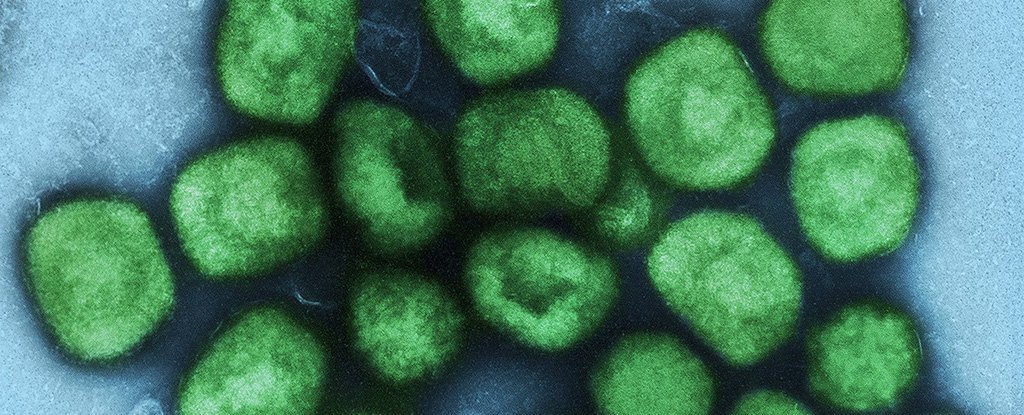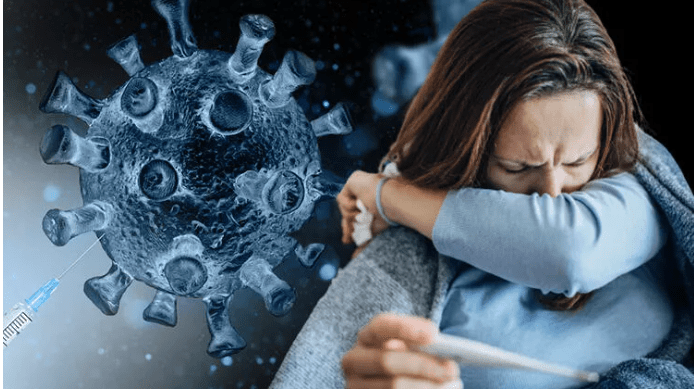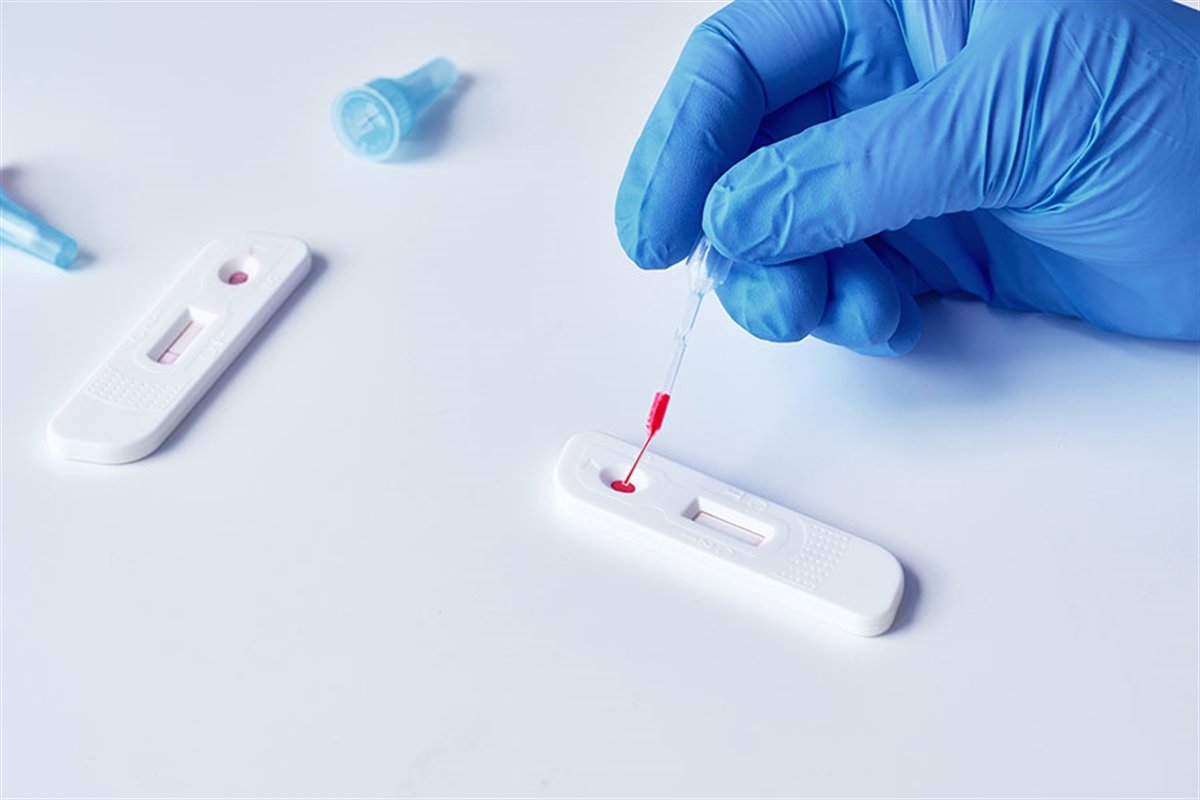Two symptoms that are more prevalent in a sample of monkeypox patients from the 2022 outbreak (just labeled a global health emergency) compared to patients from earlier outbreaks are penile swelling and rectal pain.
The information was gleaned from a study that was written up in the British Medical Journal and which compared the symptoms of patients from London, UK, to earlier outbreaks in endemic areas.
- Strange Moon Pits Could Have Comfortable Temperatures For Humans To Live In
- In response to a second quarter of declining GDP, the US economy enters a “technical recession.”
In the study, individuals who appeared with symptoms between May and July 2022 and were treated at an infectious disease clinic located in the capital totaled over 200 confirmed instances of monkeypox. 196 of those cases had a gay, bisexual, or man having sex with man orientation identified.
In this cohort, rectal pain and penile swelling (caused by oedema, a condition in which extra fluid accumulates in various regions of the body) were frequent symptoms. These symptoms are unusually different from the typical symptom profile reported among confirmed cases in prior outbreaks of monkeypox (soon to be renamed to prevent stigma).
The 197 patients all displayed monkeypox-like lesions, which were primarily located around the genitalia and perineal region, which is located between the scrotum and the anus in males and the vagina and the anus in females.
Another distinction between the patients from the London cohort and those from earlier outbreaks was that several of them claimed to have developed lesions prior to experiencing systemic sickness (such as fever, swollen lymph nodes, muscle aches and pain). According to case studies already published, systemic disease typically developed first.
The authors advise that individuals presenting with penile swelling and rectal pain be evaluated for monkeypox, which has undergone unprecedented mutations, in light of the changes found in the study.
The study also made clear that patients who just experience a single lesion and swollen tonsils may experience missed diagnoses or be misdiagnosed as suffering from other ailments. These symptoms, which were previously not thought to be typical of monkeypox, were present in 22 (single lesion) and 9 (swollen tonsils) of the 197 confirmed cases.
Only one of the 197 people had recently visited an area where monkeypox was endemic, and only 25% of them were aware that they had come into touch with someone who had the condition. This is noteworthy because it may indicate silent transmission, which occurs between individuals with few or no symptoms and makes contact tracing very challenging.
The study has limitations because it only examines a small sample collected from a single center, but the researchers still believe it will help in managing the current monkeypox outbreak more effectively.
Understanding these results will have a significant impact on contact tracing, public health recommendations, ongoing infection management, and isolation procedures, they added.





